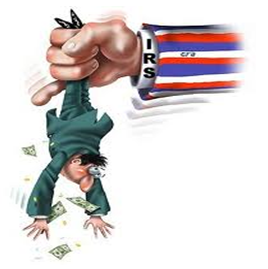One of the biggest frustrations within the corporate learning community is the concept that conscious competence is good enough. In today’s difficult economy the competition for the fewer dollars available puts a premium on skill and what was good enough yesterday has become today’s minimum expectation.
It’s time for the learning community to raise the bar and establish unconscious competence as the new goal of every learning opportunity. This will require the commitment of the corporate decision makers, those who coach the learners and the learners themselves.
Too many learning opportunities have conscious competence as the goal. The learner can execute the skill with a great deal of concentration and conscious effort. Most amateur golfers can relate to the effort that is required to remember all the things necessary to hit a golf ball correctly. If they consciously concentrate they are able to execute the shot successfully. But the slightest lapse and the shot goes astray. The same lapses in business cause regular breakdowns in communication, customer service, sales, negotiation, leadership, etc.
So the new standard of unconscious competence is both desirable and required in today’s ultra competitive business environment.
Baseball players will say they are “seeing the ball”, a basketball player is “in the zone”, a quarterback is “in rhythm”, a dancer “feels the music” and an actor is “in character”. Obviously unconscious competence is as difficult to describe as it is to achieve. While it will vary depending on the skill involved, a success point must be established as the goal for both the coach and the learner. So a broad brush definition, a skill/competency that appears to be executed effortlessly on a consistent basis, might be a good starting point.
Now that the destination (goal) has been established, the next step would be to establish the current level of performance. Both the coach and the learner must be in agreement as to the goal and the starting point before beginning this journey to unconscious competence. Differences in either one’s perspective will make this journey difficult if not impossible.
The gap between where we want to be and where we are provides the coach and the learner a target rich environment. Prioritizing is essential. Start with the low-hanging fruit and work your way up that priority tree until all the fruit is harvested. The coach brings discipline, observation and feedback to the process. The learner brings commitment, perseverance and energy.
As the bar is raised more muscle memory is built and the transition from conscious to unconscious is underway. The more muscle memory built the more the shared ownership of coach and learner switches to sole ownership of the learner. Therefore maintenance becomes more the learner’s responsibility and less the responsibility of the coach.
The coach remains on call to deal with specific challenges the learner cannot accomplish alone and to provide independent perspective on the development process.
The good news is the learner is approaching unconscious competence. The bad news is the process is not complete and will never be complete. That paradox is the difference between an amateur and a professional.
Amateurs practice until they get it right, professionals practice until they can’t get it wrong.
There is a huge difference between conscious and unconscious competence but it’s worth the extra effort it take to reach unconscious competence. The learner has created a sustainable competitive advantage that is transportable and applicable in both their business and personal lives.
Patrick T. Malone is the co-author of the new book Cracking the Code to Leadership and a Senior Partner at The PAR Group, an international training firm headquartered in Atlanta. He may be contacted at patrick.malone@thepargroup.com.
The PAR Group
4936 President’s Way
Tucker, GA 30084
800-247-7188
770-493-7188
770-493-9152(fax)





Great read, and so true.